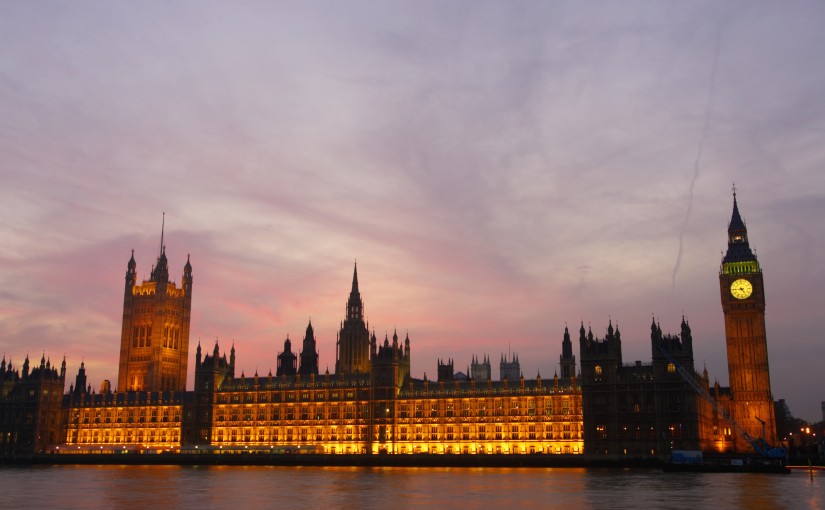The General Election result will, for those fascinated by the intricacies of such events, provide much fertile ground for endless speculations and interpretations.
And there is a risk that these conversations crowd out some important questions as once again the daily media return their gaze to the succession competitions in the Labour and Liberal Democrat parties and the up coming leadership campaign in the Conservative Party (given Cameron’s decision not to seek a ‘third term’).
The important questions which remain after the results were announced last Friday still remain:
What are the immediate consequences of the planned austerity cuts?
Where are the cuts coming to fund the reductions in welfare spending?
Where will the funds come to meet the crisis in the Health Service?
We know that there are planned cuts in public spending and we know that some of these planned cuts have factored into them a failure to keep pace with increases in utility costs.
As a consequences for those managing budgets across the public sector (education, health, social care and all locally provided services) the real reductions in funding are likely to have more impact than has been assumed or expected.
We know too that those responsible for managing local government services are talking about not being able to meet their statutory duties and services. One of the known (but often unappreciated by the wider public) ways in which some social and welfare services are provided at the local level is through the voluntary and community sector. What might appear to be small scale operations (good neighbour schemes or community based mentor or advocate schemes) but have a profound significance for those that use them are at risk in this context. There has been a contradiction throughout the last government’s policy and practice.
On the one hand there was a time when the Cameron-led Conservatives valued the idea of volunteering and the ‘Big Society’ on the other hand the cuts to mainstream services has pushed the provision of some of these services to the voluntary sector. So rather than providing an important added extra based on what might work locally, the Voluntary Sector has found itself looking to provide core services or in some cases through contracting out seeking to win commissions to run them.
There are also questions about those aspects of the last government’s budget which were never quantified. We can anticipate that these will be made explicit sooner rather than later. We might expect that the Government will want to get these cuts announced and implemented within the next three to four years to give themselves a chance of preparing for 2020.
And yet, there is still the impact of these changes at the local level. We can expect that as the cuts result in still further and major reductions in services there is likely to be more campaigning and opposition. One of the unintended consequences (perhaps) of last week is that the political context is ‘clearer and cleaner’ than it was in 2010. The Government no longer has the political advantage of being in coalition (that advantage enabled them to see their partners punished last week) and the opposition (whilst not united at all) might yet begin to articulate a shared critique.
The other potential base from which we might see opposition developing is at the local level. We are moving, I expect, to more direct cuts in services and so those who are local councillors or those who are school governors or members of hospital trusts will find themselves either defending their decisions to cut services or sack staff or they will be joining a broad network of opposition.
It is this period of unpredictability which we need to watch and engage with.

